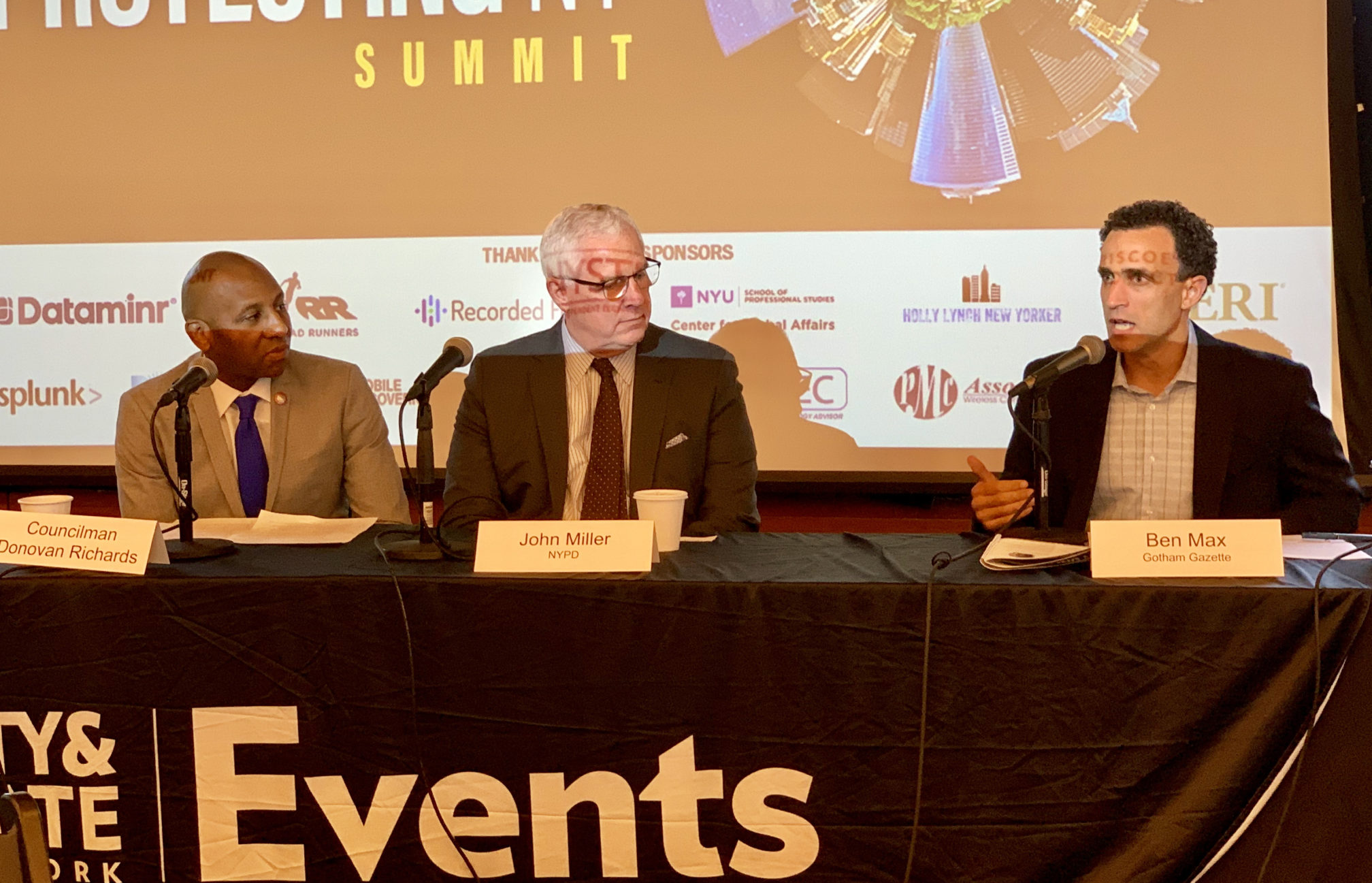NYPD intelligence chief pushes back on surveillance oversight during panel

The NYPD does it by the book when it comes to high-tech surveillance of residents, John Miller, deputy director of Intelligence and Counterterrorism for the NYPD, said at the Protecting NY Summit held on July 31. The summit was sponsored by City & State and moderated by Ben Max of Gotham Gazette.
While the city does use license plate readers and monitors chat rooms, nobody is watched “until there’s the possibility of illegal activity,” he said in an interview following the panel discussion.
Miller denied that the city has installed facial recognition devices for surveillance purposes.

Brooklyn Boro
View MoreNew York City’s most populous borough, Brooklyn, is home to nearly 2.6 million residents. If Brooklyn were an independent city it would be the fourth largest city in the United States. While Brooklyn has become the epitome of ‘cool and hip’ in recent years, for those that were born here, raised families here and improved communities over the years, Brooklyn has never been ‘uncool’.